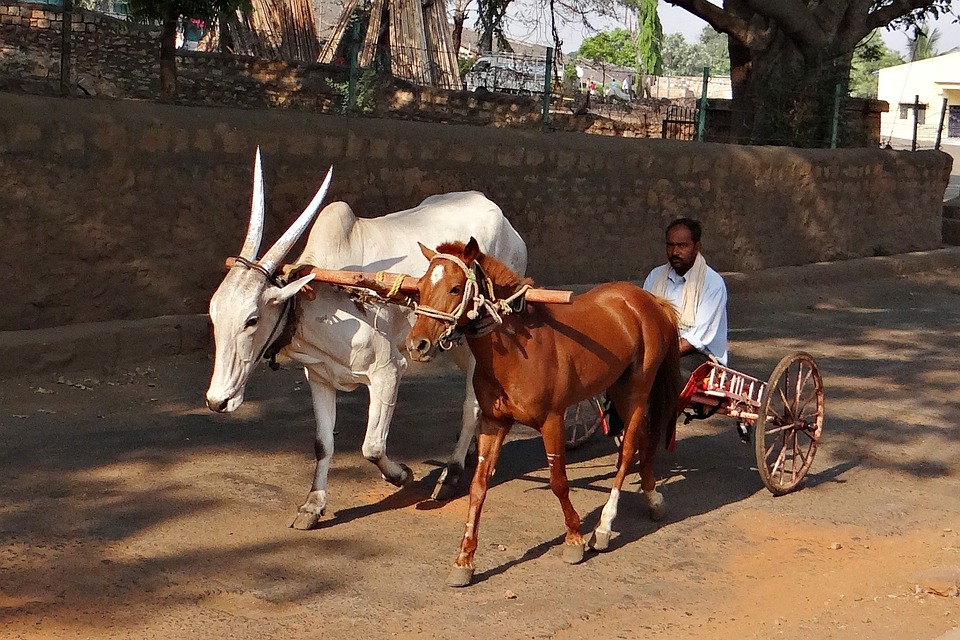Social Media’s Influence on Art and Design in the Digital Age
Introduction
The proliferation of digital technology has brought Art and Design to the forefront in a way that was previously unimaginable. Social media platforms have emerged as a wellspring of inspiration and a dynamic space for showcasing creativity. But what effect has this digital age had on the world of art and design? In this article, we’ll delve into how social media has influenced these realms and what it means for both creators and aficionados.
Influence on Art
Artists now have the unique opportunity to reach a worldwide audience, breaking the conventional barriers of the artistic ecosystem. Platforms like Instagram and Pinterest have become virtual galleries, serving as stages for artists to express and promote their work. Revolutionary movements can spark overnight, driven by shareable images and trending hashtags. Social media democratically levels the playing field, letting emerging artists gain followers as easily as established ones, if not more so. But what impact does this rapid dissemination have?
National boundaries that once limited art exposure have been transcended. Artists from lesser-represented regions are now participating in global dialogues. This interconnectedness encourages a fusion of styles and techniques, leading to innovative cross-cultural artworks. Virtual exhibitions might complement or even surpass the audience sizes of physical galleries. Moreover, collaborative art pieces have become a reality, with geographical hurdles hardly a concern anymore.
The mechanisms of social media algorithms also impact what becomes popular, raising questions about influencing art trends. Artists can now use analytics to customize their content to public tastes, blurring the line between authentic self-expression and marketability. A challenge arises – is art being shaped by local or global tastes? With curated feeds, there’s a risk that originality and diversity may be compromised for virality.
Influence on Design
Design’s realm has not been left untouched. Graphic design, interior design, and fashion all flourish in the social media environment. These platforms are hotbeds for style evolution, with visual culture keenly responsive to trending designs on Pinterest or aesthetic movements on Instagram. The immediacy and accessibility provided by social media allow trends to cycle rapidly. Influencers curate pins, posts, and stories providing a lens through which the public through which to filter their preferences.
In the race for engagement, designs often reflect a shorter-lived, reactive nature. The fast pace of social platforms can mean that designs are more adaptable and trend-focused. However, it has also ushered in an era of ‘micro-trends’ – quick, eye-catching, and easily replicable styles designed for high engagement. Time-honored principles of versatility and longevity in design practice face a new challenge.
Image Generation

FAQs Section
Q: How has social media changed the way art and design are consumed?
A: Social media has made art and design more accessible, affecting consumption by encouraging a more democratic and participatory form of engagement where users can share, interact with, and even co-create.
Q: Does social media trivialize the value of the artwork?
A: While there is a concern that social media can commodify art, it equally elevates diverse art forms by providing vast exposure, making every user both audience and connoisseur.
Q: Are art and design losing their depth due to trending and ‘click-for-likes’ culture?
A: The shift is inevitable but not always towards triviality. Some artists thrive by using trends to explore deeper narratives.
Q: Can social media ensure fair compensation for artists?
A: The commercial aspect of social media does put a spotlight on monetization, yet it also allows artists to directly reach patrons, potentially enabling fairer value distribution.
Q: What’s the role of social media in preserving art heritage?
A: By making art and design more visible, social media can bolster interest in preservation, yet the narrative’s control is largely digital and dispersed, challenging traditional preservation methods.
Conclusion
The interplay between social media and art and design is intricate. The fusion of these two spheres has led to a democratization of both visibility and influence. However, it’s crucial to understand the dynamics at play to foster a digital space that benefits creators and fosters genuine appreciation, ensuring that art and design retain their depth and significance amidst the fleeting trends that characterize social media platforms.

